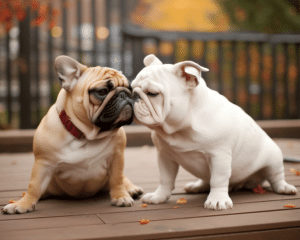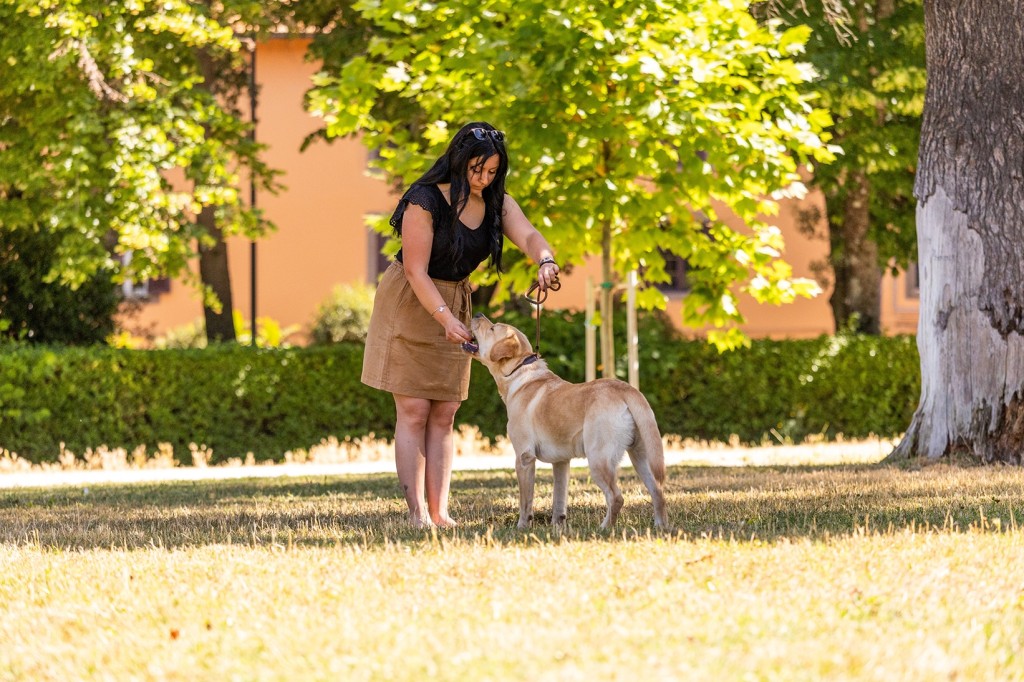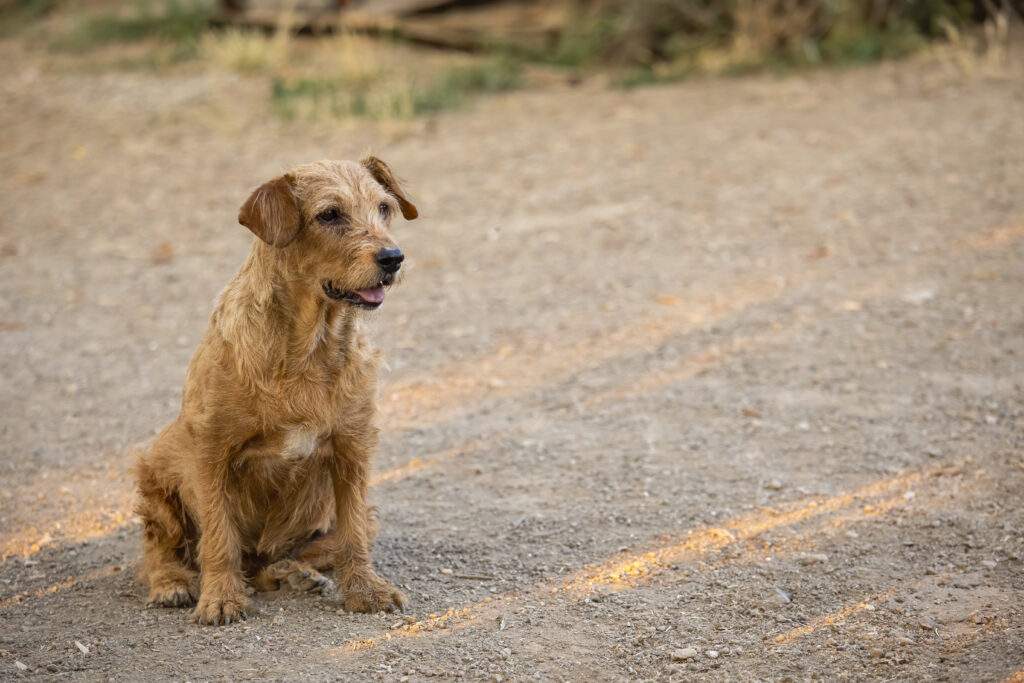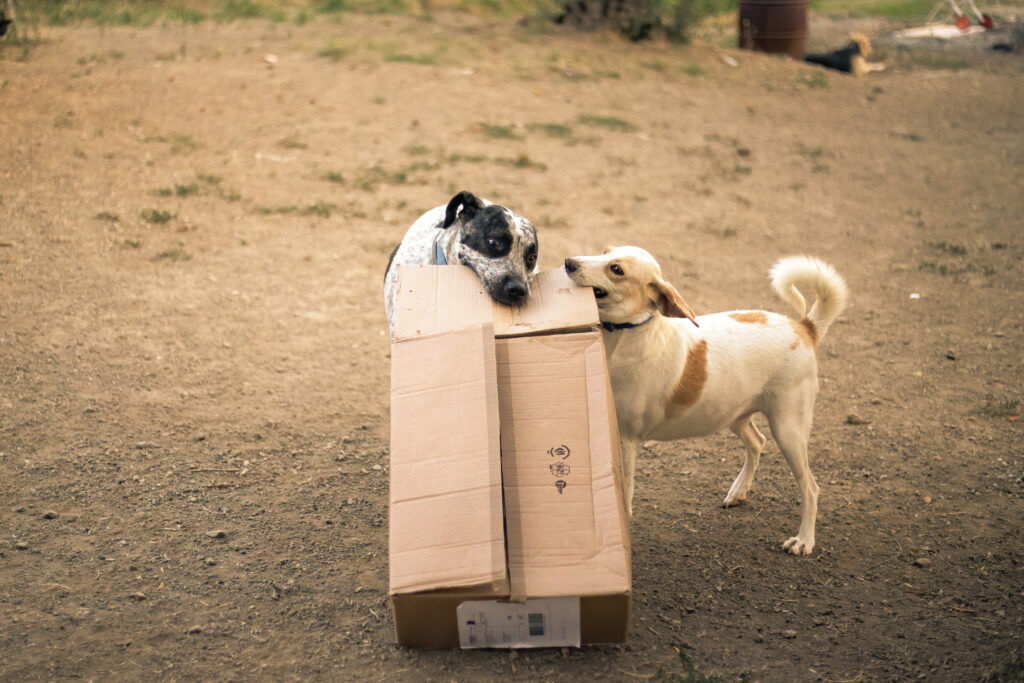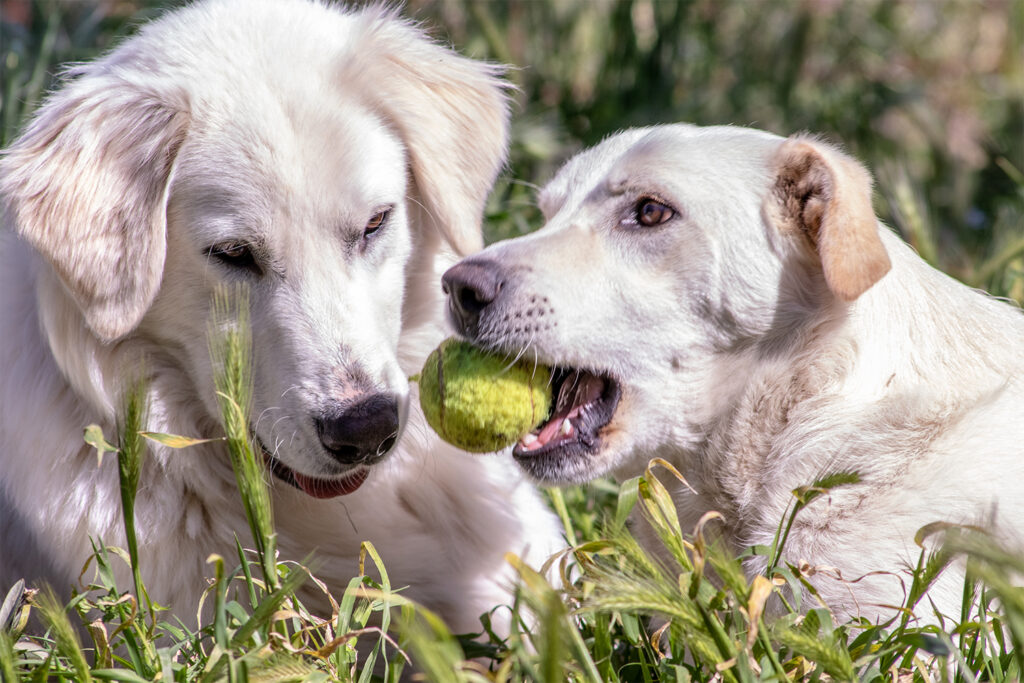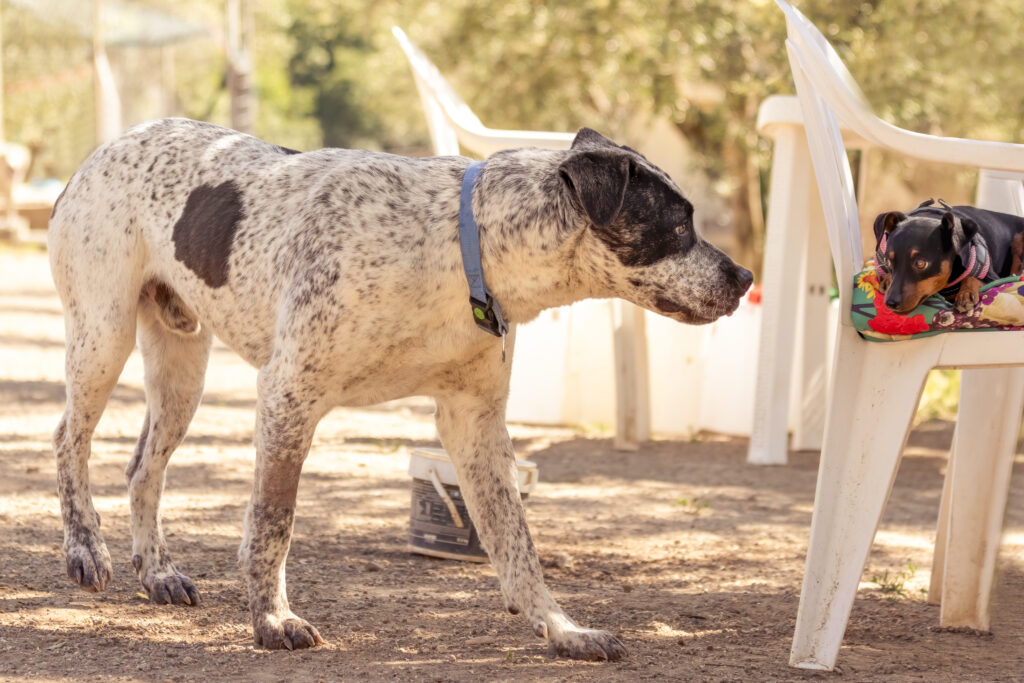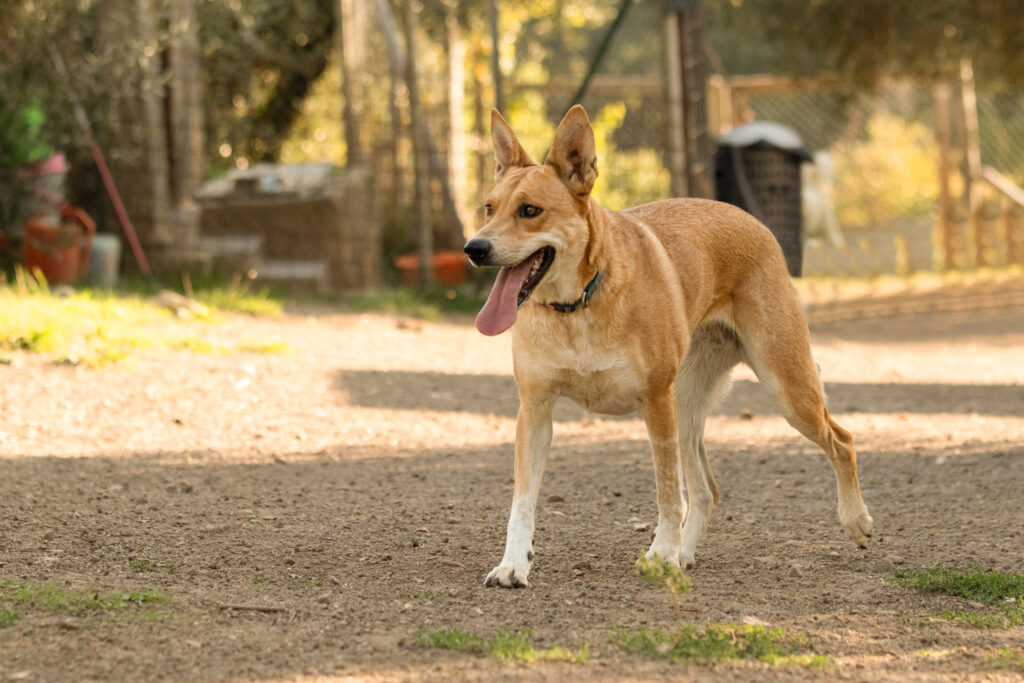Greetings, space enthusiasts and dog lovers! It’s Blu, your friendly Griffon bleu de Gasgogne, and I’m here to take you on a cosmic journey through the history of canine astronauts. These brave dogs played a crucial role in the early days of space exploration, paving the way for human spaceflight. So, fasten your seatbelts and get ready to blast off into the fascinating world of dogs in space!
- Laika: The First Dog in Space
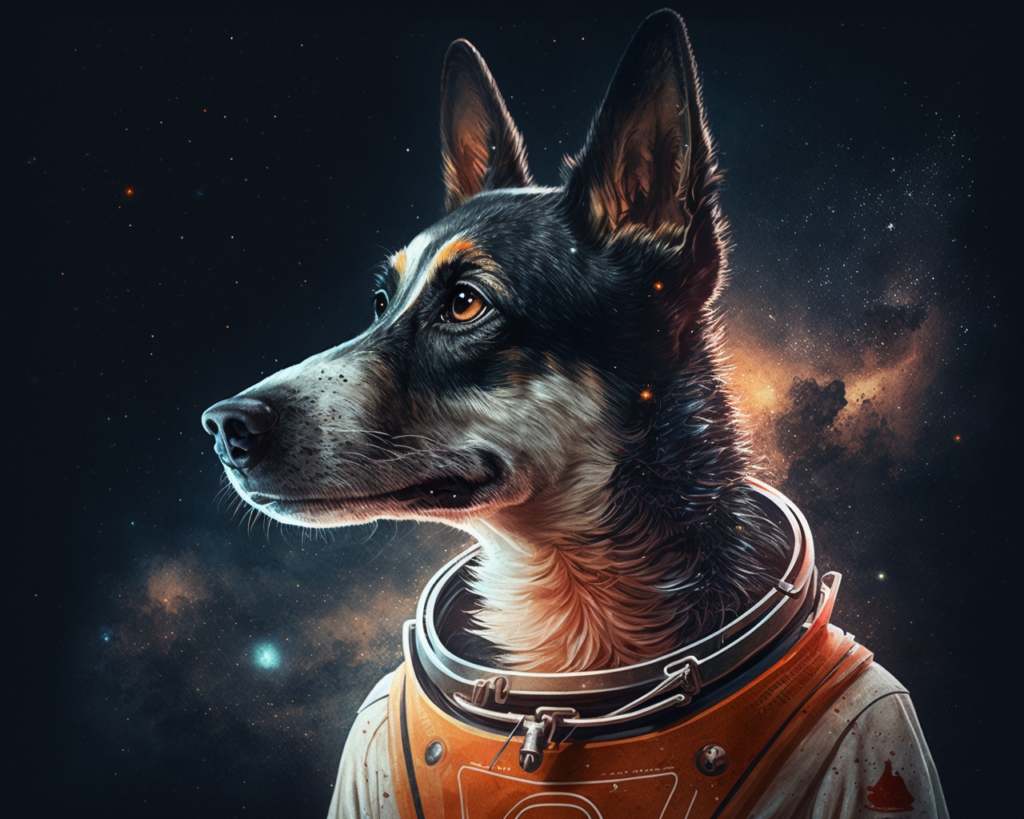
Laika, a stray dog from the streets of Moscow, became the first living creature to orbit the Earth when she was launched aboard the Soviet spacecraft Sputnik 2 on November 3, 1957. Laika’s mission was a critical step in understanding the effects of space travel on living organisms. Although she did not survive the journey, Laika’s sacrifice provided valuable information that would later help ensure the safety of human astronauts.
- Belka and Strelka: The First Canine Space Travelers to Return Safely
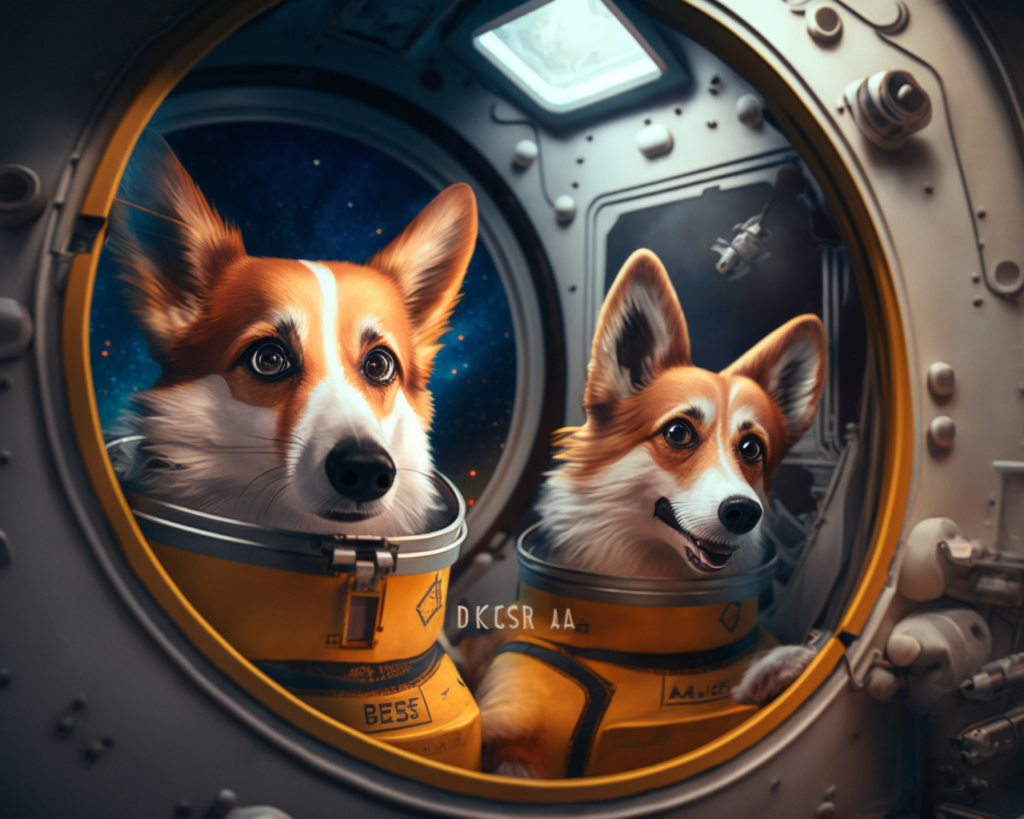
On August 19, 1960, Belka and Strelka, two Soviet dogs, made history by becoming the first living creatures to travel into space and return safely to Earth. Aboard the spacecraft Sputnik 5, they spent a day in orbit, along with a gray rabbit, 42 mice, two rats, and several plants. Their successful mission provided crucial data on the effects of space travel on living organisms, paving the way for the first human spaceflight by Yuri Gagarin in 1961.
- Veterok and Ugolyok: Record-Setting Canine Cosmonauts
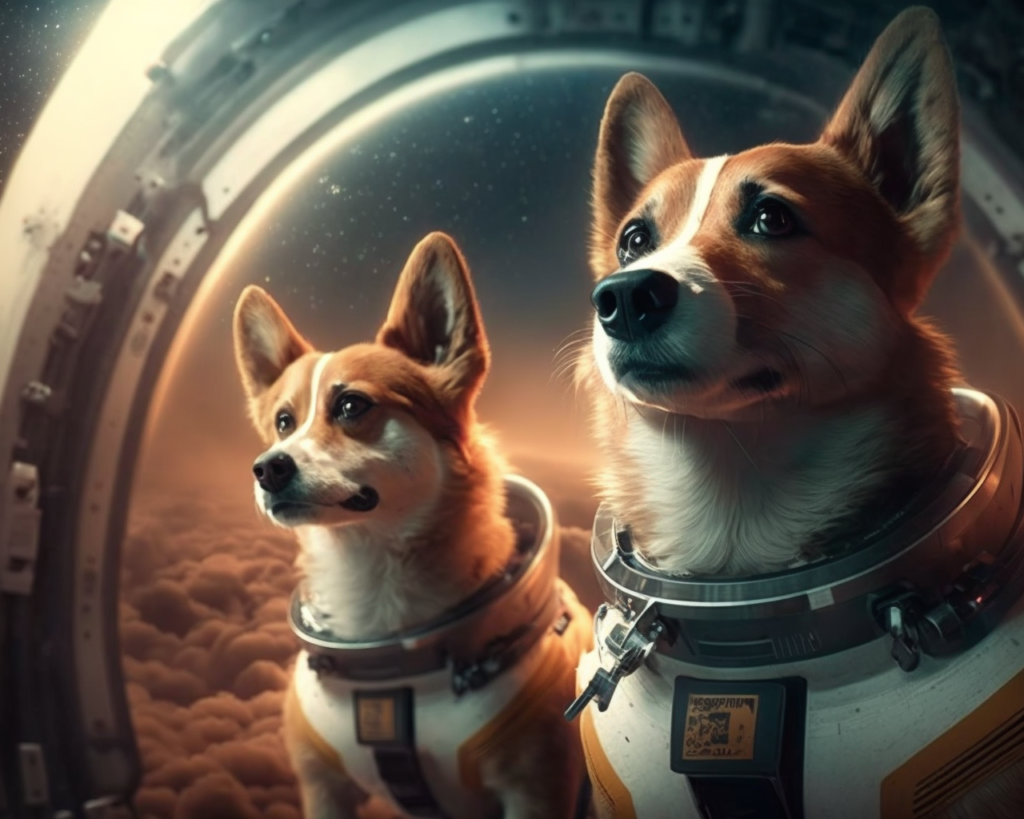
Launched on February 22, 1966, aboard the Soviet spacecraft Cosmos 110, Veterok and Ugolyok spent a record-setting 22 days in orbit, demonstrating that living organisms could survive extended periods of weightlessness. Their mission remains the longest spaceflight by dogs and provided valuable insights into the effects of long-duration space travel on the human body.
- The Legacy of Canine Astronauts
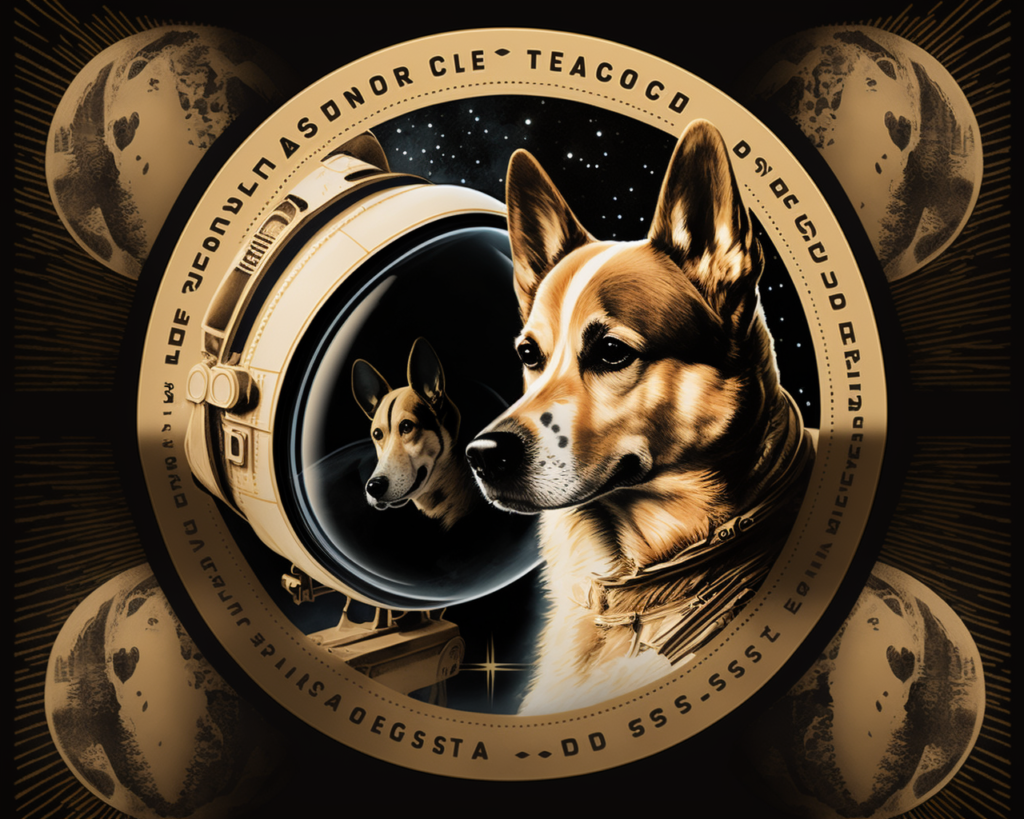
The brave canine astronauts of the early space age made invaluable contributions to our understanding of space travel and its effects on living organisms. Their missions laid the groundwork for the human exploration of space, from the first manned spaceflight by Yuri Gagarin to the Apollo Moon landings and beyond.
Today, we honor and remember these trailblazing dogs and their sacrifices, which have helped to shape our understanding of the cosmos and our place in it. As we continue to explore the final frontier, we owe a debt of gratitude to these pioneering canine astronauts and their human counterparts who dared to push the boundaries of what was possible.
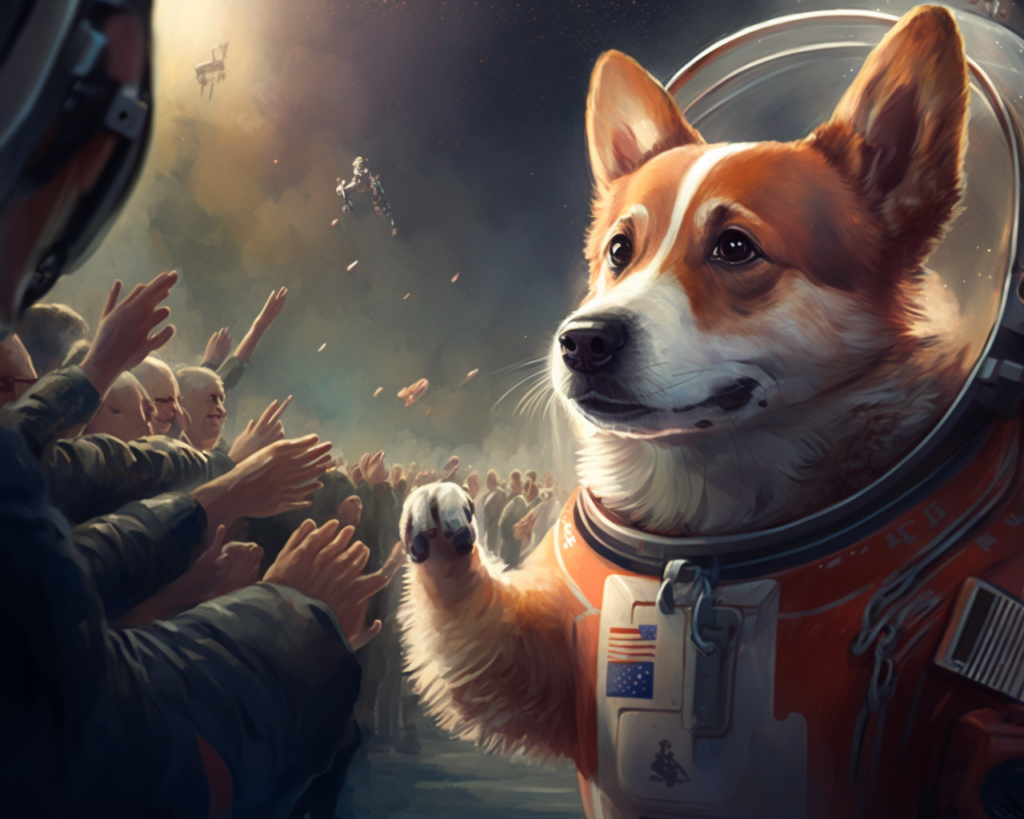
Sources :
- The Sad, Sad Story of Laika https://www.smithsonianmag.com/smithsonian-institution/sad-story-laika-space-dog-and-her-one-way-trip-orbit-1-180968728/
- The True Story of Dogs in Space https://www.rover.com/blog/dogs-in-space/
- History of dogs in space https://stacker.com/space/history-dogs-space
- Remembering Laika, Space Dog and Soviet Hero https://www.newyorker.com/tech/annals-of-technology/remembering-laika-space-dog-and-soviet-hero





